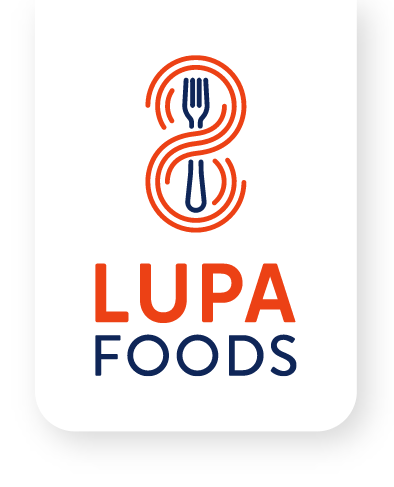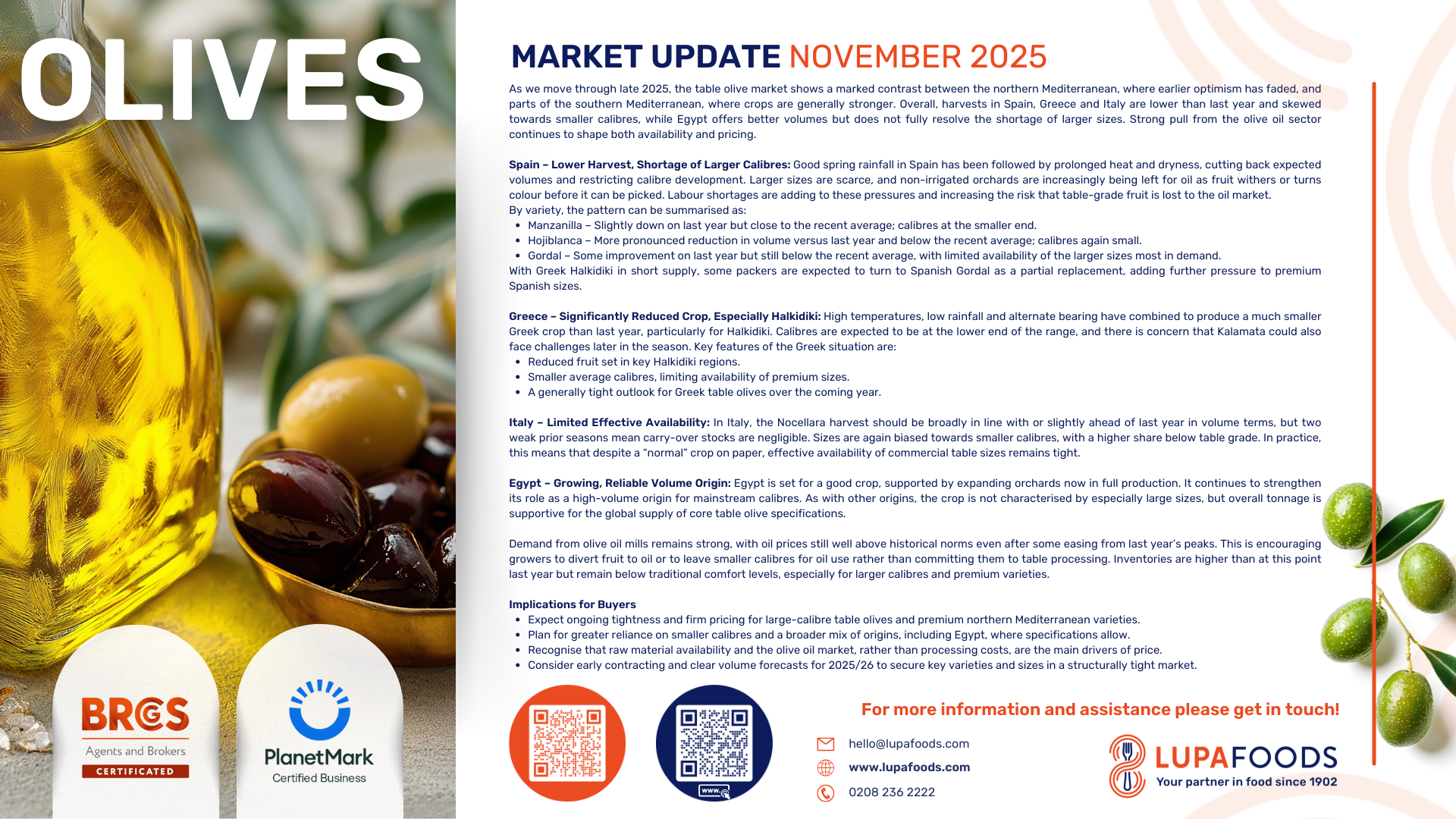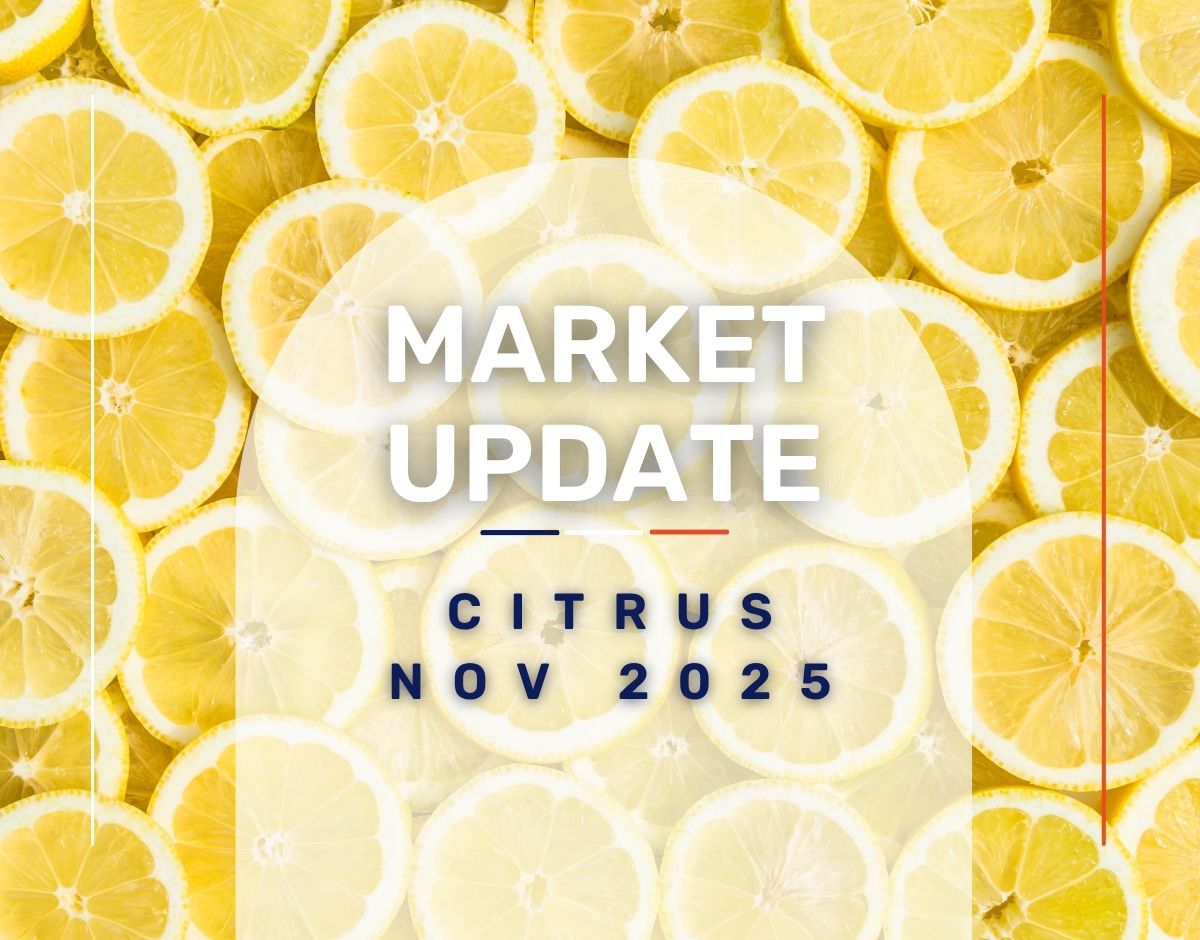As we move through late 2025, the table olive market shows a marked contrast between the northern Mediterranean, where earlier optimism has faded, and parts of the southern Mediterranean, where crops are generally stronger. Overall, harvests in Spain, Greece and Italy are lower than last year and skewed towards smaller calibres, while Egypt offers better volumes but does not fully resolve the shortage of larger sizes. Strong pull from the olive oil sector continues to shape both availability and pricing.
Spain – Lower Harvest, Shortage of Larger Calibres: Good spring rainfall in Spain has been followed by prolonged heat and dryness, cutting back expected volumes and restricting calibre development. Larger sizes are scarce, and non-irrigated orchards are increasingly being left for oil as fruit withers or turns colour before it can be picked. Labour shortages are adding to these pressures and increasing the risk that table-grade fruit is lost to the oil market.
By variety, the pattern can be summarised as:
- Manzanilla – Slightly down on last year but close to the recent average; calibres at the smaller end.
- Hojiblanca – More pronounced reduction in volume versus last year and below the recent average; calibres again small.
- Gordal – Some improvement on last year but still below the recent average, with limited availability of the larger sizes most in demand.
With Greek Halkidiki in short supply, some packers are expected to turn to Spanish Gordal as a partial replacement, adding further pressure to premium Spanish sizes.
Greece – Significantly Reduced Crop, Especially Halkidiki: High temperatures, low rainfall and alternate bearing have combined to produce a much smaller Greek crop than last year, particularly for Halkidiki. Calibres are expected to be at the lower end of the range, and there is concern that Kalamata could also face challenges later in the season. Key features of the Greek situation are:
- Reduced fruit set in key Halkidiki regions.
- Smaller average calibres, limiting availability of premium sizes.
- A generally tight outlook for Greek table olives over the coming year.
Italy – Limited Effective Availability: In Italy, the Nocellara harvest should be broadly in line with or slightly ahead of last year in volume terms, but two weak prior seasons mean carry-over stocks are negligible. Sizes are again biased towards smaller calibres, with a higher share below table grade. In practice, this means that despite a “normal” crop on paper, effective availability of commercial table sizes remains tight.
Egypt – Growing, Reliable Volume Origin: Egypt is set for a good crop, supported by expanding orchards now in full production. It continues to strengthen its role as a high-volume origin for mainstream calibres. As with other origins, the crop is not characterised by especially large sizes, but overall tonnage is supportive for the global supply of core table olive specifications.
Demand from olive oil mills remains strong, with oil prices still well above historical norms even after some easing from last year’s peaks. This is encouraging growers to divert fruit to oil or to leave smaller calibres for oil use rather than committing them to table processing. Inventories are higher than at this point last year but remain below traditional comfort levels, especially for larger calibres and premium varieties.
Implications for Buyers
- Expect ongoing tightness and firm pricing for large-calibre table olives and premium northern Mediterranean varieties.
- Plan for greater reliance on smaller calibres and a broader mix of origins, including Egypt, where specifications allow.
- Recognise that raw material availability and the olive oil market, rather than processing costs, are the main drivers of price.
- Consider early contracting and clear volume forecasts for 2025/26 to secure key varieties and sizes in a structurally tight market.





